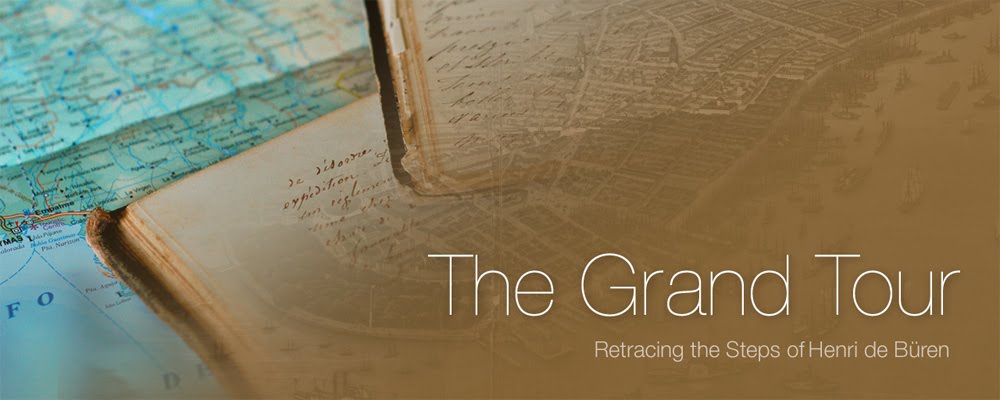I recently found a couple of mentions of Henri in regard to botanical samples and additional artifacts he brought back from the voyage, namely:
In the April 1865 Monthly newsletter of the Royal Prussian Academy the Sciences, Henri is mentioned to have collected samples of Spruce while in Peru.
"S. asperula (Mart.) Spring ist vor allen anderen gegliederten Arten durch kurze, dichtgedrängte, ziegelartig sich deckende Blätter der Zweige ausgezeichnet. Den in Spring angefübrten Fundorten dieser Art will ich noch beifügen: Panuré am Rio Uaupés und Barra in der Provinz Rio Negro, an beiden Orten von Spruce gesammelt und als S. erythropus vertheilt. In Peru wurde sie auch von Henri de Buren gesammelt (Herb. Neocom.)."
In the 1908 Studies of Tropical American Ferns by William R. Maxon, Henri is mentioned to have collected samples in Mexico near Jalapa.
"As already noted P. pycnocarpttm has been very generally misidentified and Its concept widely extended. Thus, Christensen, in his Index Filicum, gives the range “Mexico-Chile-Argentina” for this species. The citation of Mexico is presumably taken from Fournier who mentions two collections by de Buren and Hahn from the mountains near Jalapa. These plants which have not been examined, are probably referable to P. fallacissimum a very distinct species which is related rather to P. subvestitum."
The Musée d'Ethnographie in Neuchâtel found another piece in their collection from Henri's voyage. A stone arrowhead with the inscription "Mexique/ H. de Buren" on one side.

Stone arrowhead © Musée d'Ethnographie de Neuchâtel









